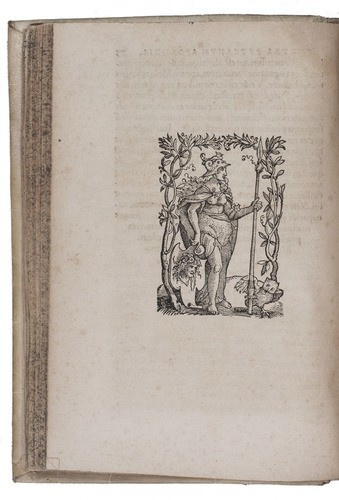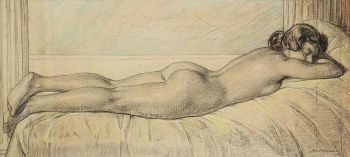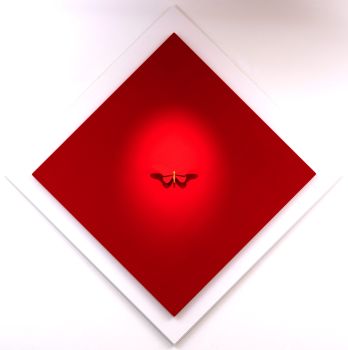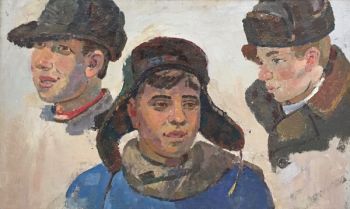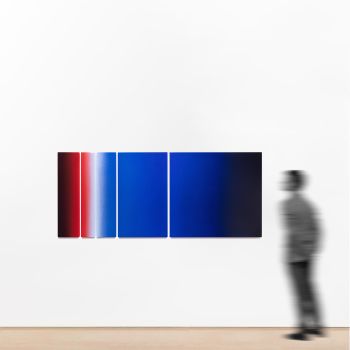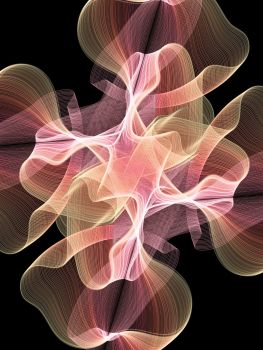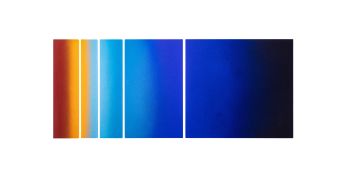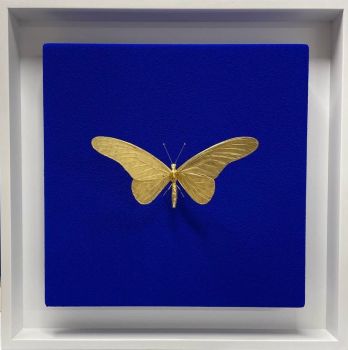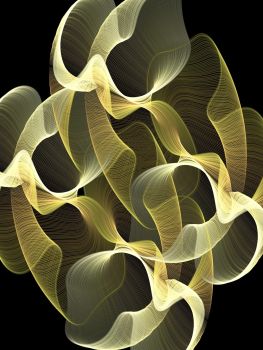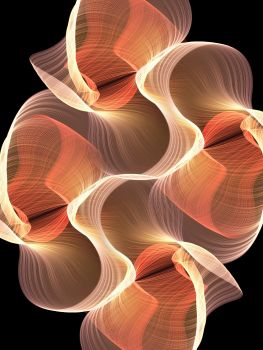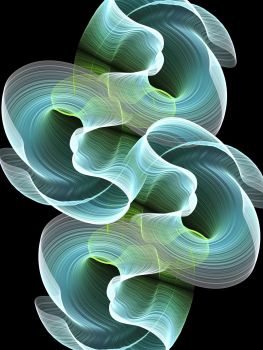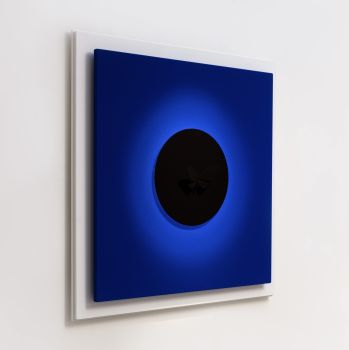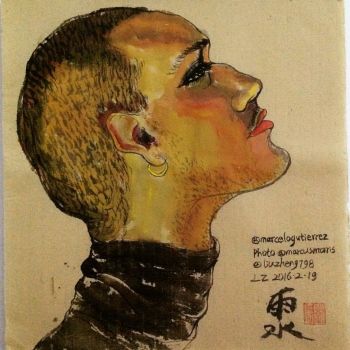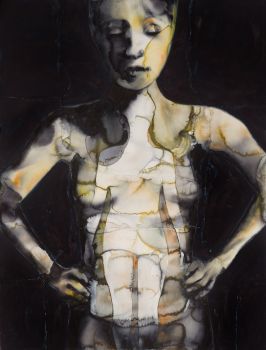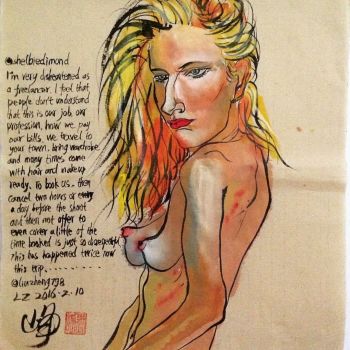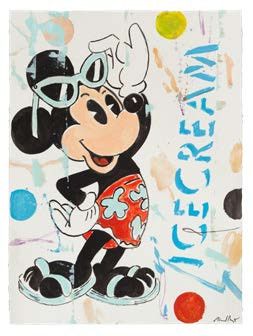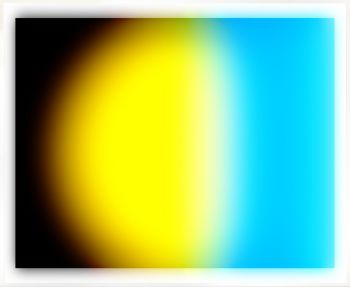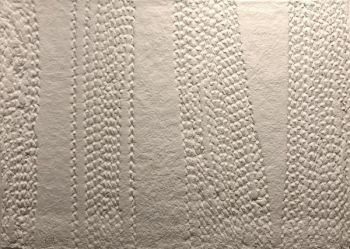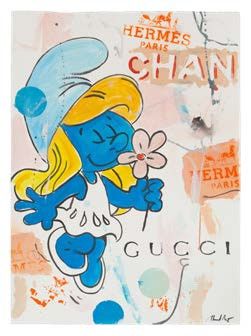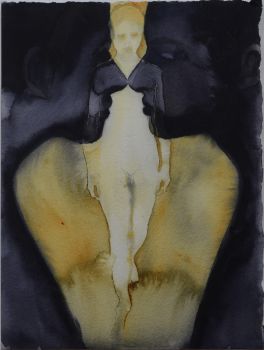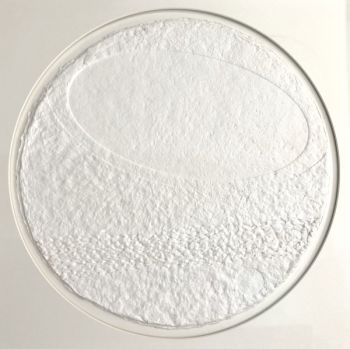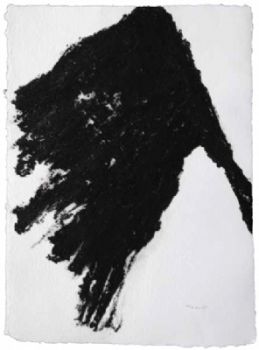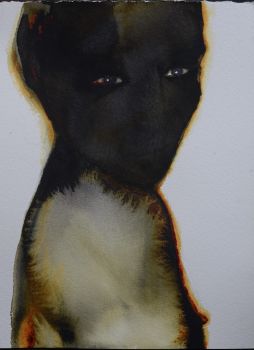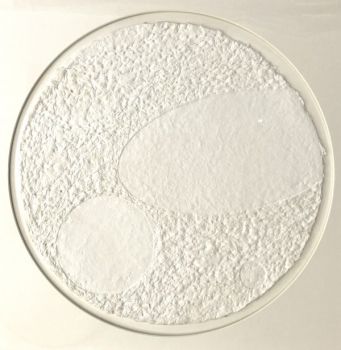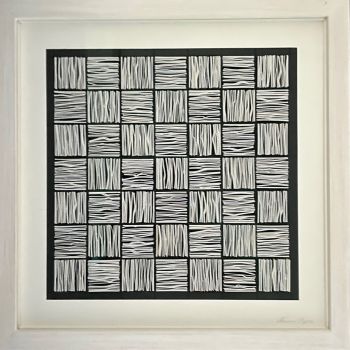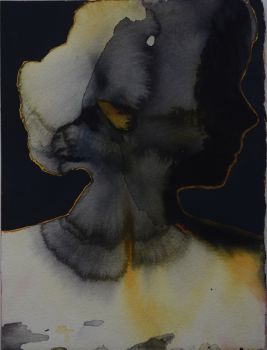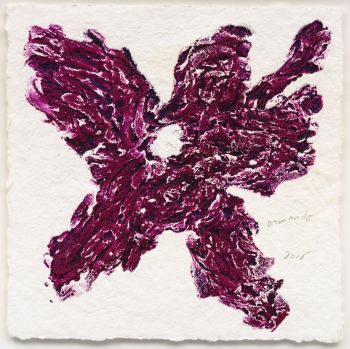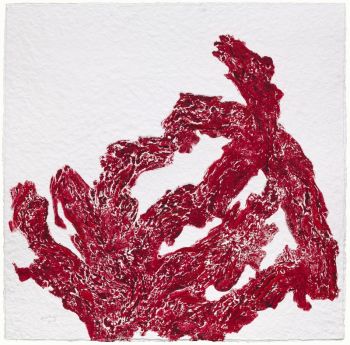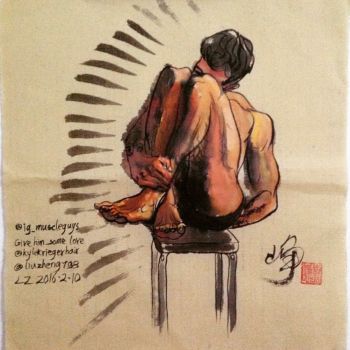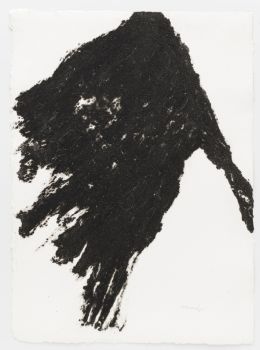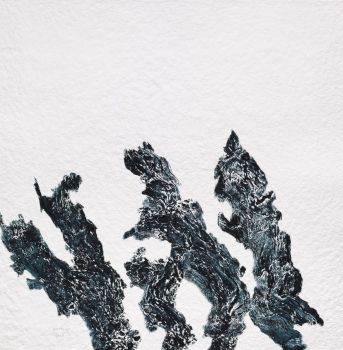Debate on the preferences between Greek and Latin, and Arabic sources 1540
Leonhart Fuchs
PapelPapel hecho a manoCuero
Actualmente no disponible a través de Gallerease
- Sobre la obra de arteLibri IIII, difficilium aliquot quaestionum et hodie passim controversarum explicationes continents.
Basel, (colophon: Robert Winter, 1540).
4 parts in 1 volume. 4to.
Each of the 4 parts with charming woodcut device on the last blank.
17th-century sheepskin parchment.
First edition of Fuchs his "Four books on some difficult questions" a heavily revised version of his Apologiae tres ("Three apologies") from 1538.
It is part of a debate on the preferences for ancient Greek and Latin on one side and Arabic sources on the other side; refuting the views of Guillaume Dupuis, Sébastien de Monteux and Jérémie de Dryvere. Fuchs gives commentary on the indications and dosages of prescriptions of Ibn Sina (Avicenna) and on Masawaih al-Mardini (Mesue the Younger), and praises the work of Galenus, whose work set the template for Islamic medicine.
Browned and foxed throughout and a few lines, words headers and paragraphs crossed out; a good copy.
Bibliotheca Osleriana 2688; Durling 1710; USTC 602528 (4 copies). - Sobre el artistaLeonhart Fuchs fue un médico y botánico alemán, nacido en 1501 en Wemding, Ducado de Baviera. Falleció el 10 de mayo de 1566. Es más conocido por ser el autor de un gran libro particular sobre plantas y sus usos medicinales, es decir, un libro de hierbas. Se publicó por primera vez en latín, en 1542. El libro contenía alrededor de 500 dibujos detallados y precisos de plantas, que se imprimieron a partir de grabados en madera. Los dibujos son el avance más notable del libro sobre sus predecesores. Aunque los dibujos se usaron de antemano en otros libros de hierbas, el libro de hierbas de Fuchhs demostró y enfatizó los dibujos de alta calidad como la forma más reveladora de especificar lo que significa el nombre de una planta. Finalmente, el fucsia como planta fue nombrado en su honor; en consecuencia, el color fucsia también recibió su nombre.
Artwork details
Categoría
Tema
Material y Técnica
Related artworks
Tilmanus Nicolaus Maastricht
Missale Romanum con monturas de plata holandesas1788 - 1792
Precio a consultarJacob J. Roosjen SRI
Antonie Derkinderen
Memory book Exhibition of Dutch Painting1892
Precio a consultarKunsthandel Pygmalion
Engelbert Kaempfer
LIBRO DE ENGELBERT KAEMPFER1651 - 1716
Precio a consultarZebregs & Röell - Fine Art - Antiques
Engelbert Kaempfer
LIBRO DE ENGELBERT KAEMPFER1651 - 1716
Precio a consultarZebregs & Röell - Fine Art - Antiques
Antonie Derkinderen
Memory book Exhibition of Dutch Painting1892
Precio a consultarKunsthandel Pygmalion
Hermann Nitsch
"UNDER MY SKIN" Signed book incl. small artwork and DVD in a matching box2010 - 2014
Precio a consultarGallerease Selected
Tilmanus Nicolaus Maastricht
Missale Romanum con monturas de plata holandesas1788 - 1792
Precio a consultarJacob J. Roosjen SRI
1 - 4 / 22- 1 - 4 / 14
- 1 - 4 / 24


